Why do my joints hurt? With such a question, a large number of patients go to the doctor or try to seek the answer themselves. Unfortunately, this complaint is not specific and may indicate a pathology with different mechanisms and causes of development.
We will try to identify the most common causes of joint pain and discover how to treat common diseases.
Symptoms
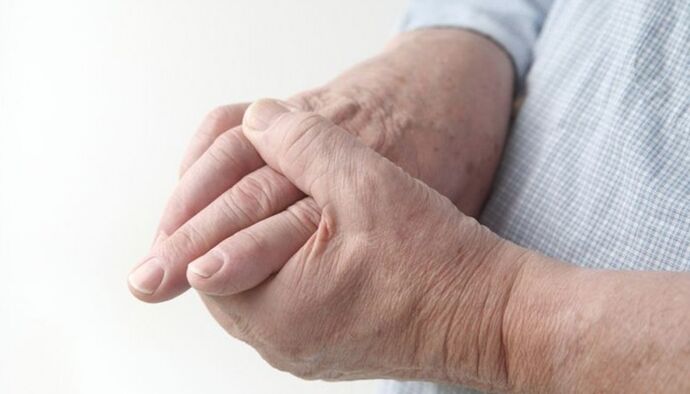
Before analyzing the immediate causes of pain, it is worthwhile to learn more specifically about the symptoms of diseases of the musculoskeletal system. The doctor, starting a diagnostic search, will find out exactly how the joints ache - so the specialist will quickly find the causes of the disease.
By the nature of the sensations, the pain can be:
- Pain.
- Cutting.
- Exploding.
- Compressive.
Pain in the joints of the arms and legs varies in intensity. Painful and weak pain indicates chronic disease. If the joints hurt a lot, the sensations do not allow movements, then the process is acute.
Rhythm of pain
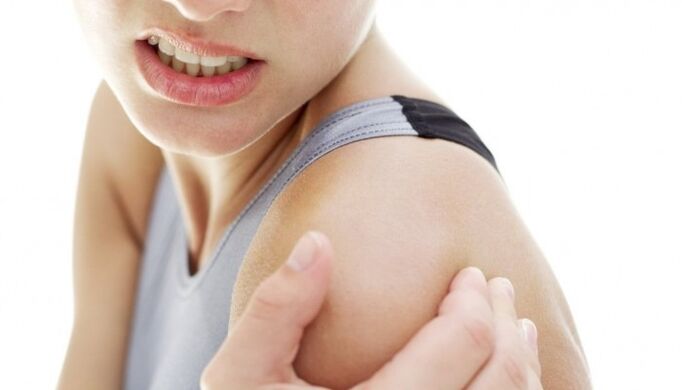
The symptoms of all diseases of the joints of the hands and feet can be divided according to the rhythm of pain: mechanical or inflammatory. Mechanical pain has the following characteristics:
- Grows in the evening.
- Morning stiffness is not typical.
- Feels strong after exercise.
- At rest, the pain is aching or completely absent.
- Onset - a special type of pain at the time of the onset of movement.
Inflammatory rhythm is characteristic of the synovitis of the joints of the arms and legs of various origins. The symptoms are as follows:
- Morning stiffness of the body or certain parts of the arms and legs for more than 30 minutes.
- The pain increases at night and early in the morning.
- With movements, the symptoms become less intense, the stiffness of the body decreases.
- At this rate of pain from stiffness and body aches, anti-inflammatory drugs work well.
Other symptoms
Pain in the joints of the arms and legs, depending on the cause of development, is accompanied by certain manifestations. Why joint pain occurs can often be determined by additional symptoms:
- Restricted movement of the arms or legs.
- Stiffness of the limbs.
- Swelling in the joints of the arms and legs (swelling in the elbow joint).
- Local fever and skin rash.
- General weakness, fever.
- Visible skin lesions on the arms, legs, torso.
- Manifestations by other organs.
Depending on the symptoms that accompany the pain in the joints of the arms and legs, the doctor will determine why the disease was born.
Joint diseases
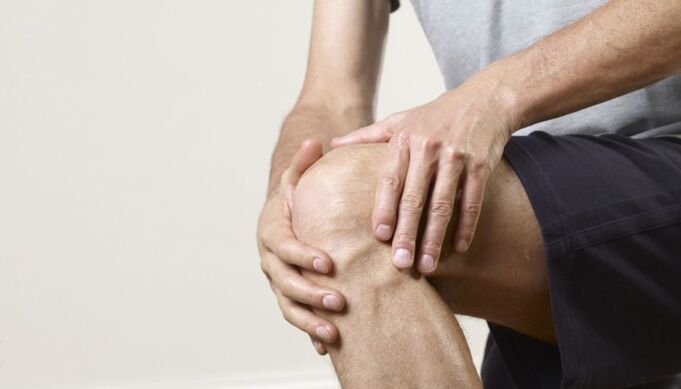
Pain in the joints of the arms and legs can be caused by diseases that are completely different in origin and mechanism of development. However, the most common causes of such symptoms can be identified:
- Osteoarthritis is a degenerative disease of cartilage and bone tissue. Joint pain is of mechanical nature, during the period of deterioration, an inflammatory component joins.
- Rheumatoid arthritis is an autoimmune disease associated with the attack of the joint by the body's own cells of the immune system. Joint pain has a clear inflammatory rhythm.
- Reactive arthritis is inflammation caused by an infection in another organ. It often occurs with hepatitis and urinary tract infections.
- Infectious arthritis - associated with the entry of microbes into the joints.
- Injuries and fractures. Diagnosis is not difficult because of a history of trauma.
- Damage to ligaments and intra-articular formations. The soft structures of the joints also cause joint pain when damaged.
- Rheumatic diseases. A large group of causes that cause autoimmune damage to the joints: systemic lupus erythematosus, rheumatism, ankylosing spondylitis, Reiter syndrome and others.
- Gout and other metabolic arthropathies. Often, the symptoms of damage to the musculoskeletal system are accompanied by the deposition of various pathological substances in the joints. For gout, these are uric acid salts.
- Psoriatic arthritis - The cause of this disease is unknown. The body's own antibodies affect the tissues of the joints, internal organs and skin. A common manifestation of the disease is dermatitis - peeling of the skin on the extensor surfaces of the limbs.
This list presents the most common causes of diseases of the musculoskeletal system.
Joint pain can be caused by both vascular disorders and neurological diseases. The attending physician must determine the ultimate cause.
Knee joint diseases
Knee pain is one of the most common complaints of the rheumatologist. Why does my knee hurt? This element of the musculoskeletal system carries large loads of the whole body every day, performs a large range of movements and has a complex structure.
Knee joint pain in various diseases, some of them are already listed above, others are specific to this joint.
"Knees hurt: how to get rid of it? " - First of all, consult a doctor. To find out why the knees hurt, instrumental diagnosis helps, but an assumed diagnosis is made based on complaints and examination.
Knee joint pain occurs most often for the following reasons:
- Gonarthrosis - osteoarthritis of the knee joint. This cause is the most common mechanism for knee pain. The joint is subjected to daily loads, which are the main risk factor for osteoarthritis.
- Meniscopathy. Menisci are cartilage layers within a joint. When a knee injury occurs, it is these structures that are often damaged. The joints ache severely with meniscopathy, the pain appears when you try to move. Treatment of pathology is operative.
- Arthritis of various origins. Knee joint pain with arthritis is inflammatory in nature, they can be associated with an infection of the ankle itself or another organ. Knee joint pain can also occur with rheumatoid arthritis and other autoimmune diseases.
- Ground floor. Knee joint is not the most common localization of gouty arthritis. But this joint can still be affected by the disease. Knee pain is associated with the presence of subcutaneous tofu, an increase in the level of uric acid in the blood.
- Inflammation of the tendons - tendonitis. Pain in the knee joint is very often associated with soft tissue damage. When microtrauma occurs to the tendon or ligament, knee pain appears, accompanied by a local inflammatory reaction. Symptoms are exacerbated by exercise.
- Circulatory disorders. Vascular thrombosis, thrombophlebitis, varicose veins can cause knee pain. These problems often occur in postmenopausal women as well as in men who often load the wrist.
- Baker cyst and other diseases of the articular sac. The knee ligament has a complex structure, its synovial membrane has inversions and pockets. Knee pain can be caused by local inflammation of the ankle capsule or accumulation of inflammatory fluid in the popliteal space.
- Tumors. Neoplasms rarely affect the joint area. Most often, knee pain associated with tumor growth occurs when metastases from another organ are present in the joints. In this case, the diagnosis is known, and treatment is already underway for oncology.
With these and other diseases, a person's knees hurt, what to do in a particular situation, the attending physician will tell you.
Knee pain is not always a sign of a serious pathology, but concern for your health is not excessive.
Diagnosing
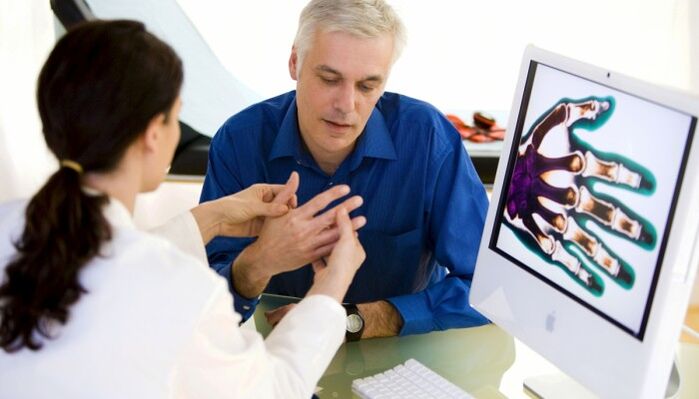
Before prescribing treatment for joint pain, the doctor will need to make a final diagnosis. To do this, he will perform some mandatory diagnostic procedures. The exam standard includes:
- General blood and urine test - will show the presence or absence of an inflammatory reaction.
- Biochemical blood test - assesses liver and kidney function, state of metabolism of proteins, fats and carbohydrates.
- X-ray of the affected joints. X-ray is performed in several projections and allows you to detect bone pathology.
Unfortunately, in most cases, these research methods are not enough to establish a diagnosis. In this case, additional methods are used:
- Computed tomography - allows you to detect even the slightest damage to bone tissue.
- Magnetic resonance imaging - the method perfectly visualizes all soft tissues, including ligaments and menisci, tumors, cysts and other pathological formations.
- Joint ultrasound - detects pathological and solid abdominal formations, can measure the speed of blood flow in the vessels.
- Arthroscopy is the insertion of a camera into the wrist cavity. One of the most accurate search methods.
- Diagnostic puncture - a fluid is drawn from the joint cavity into the syringe, which is subjected to examination.
These diagnostic tools allow you to make an accurate diagnosis with a high probability. Many procedures are expensive or have contraindications, so the need for research is determined individually.
Treatment
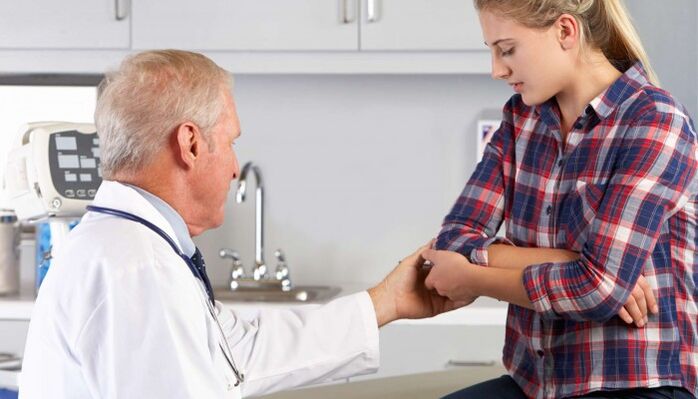
How to treat joints? For joint pain there are a large number of folk remedies, techniques and recipes. The attending physician will help you choose the right methods of therapy.
All means and methods of therapeutic effects can be divided into several groups, each of which will be discussed below.
Drug treatment
For joint pain, medications are often used exclusively. This is not the right approach, it is better to use complex treatment. In which, however, drugs play a key role.
Most used drugs:
- Non-steroidal anti-inflammatory drugs.
- Non-narcotic analgesics and opioids.
- Muscle relaxants.
- Glucocorticosteroids.
- Chondroprotectors.
- Cytostatics.
- Vitamins.
From what each specific medicine helps, the attending physician should explain to the patient.
In vascular diseases, other medications are prescribed. If you have diseases of the vessels of the lower extremities and at the same time sore ankles, what to do and what treatment to choose, decides the attending physician.
Physiotherapy
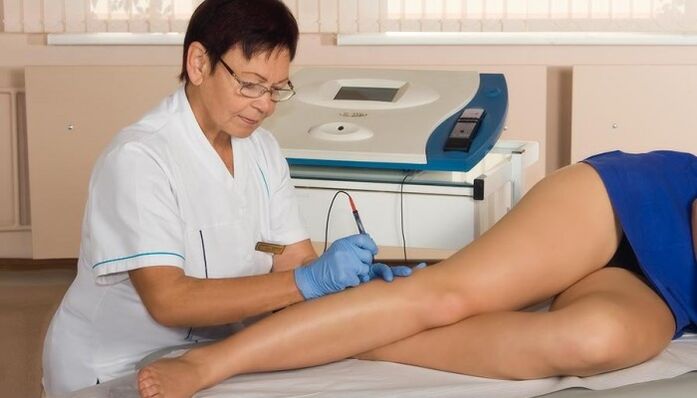
The use of various physiotherapeutic procedures complements the medical treatment.
The following techniques help with joint pain:
- Electrophoresis.
- Phonophoresis.
- Acupuncture.
- Paraffin applications.
- Banja Rodon.
- Mud therapy.
- Magnetotherapy.
These and other techniques allow you to increase blood flow to the affected joint, relieve swelling, and increase the intensity of metabolic processes.
Therapeutic immobilization
For joint pain in the acute period, therapeutic immobilization is often prescribed. This method involves wearing bandages, corsets and orthoses on the affected wrist.
You can not use the bandage for a long time, because the muscles under the orthotic design atrophy from passivity. However, during heavy loads, support from immobilizing products is very helpful.
exercise therapy
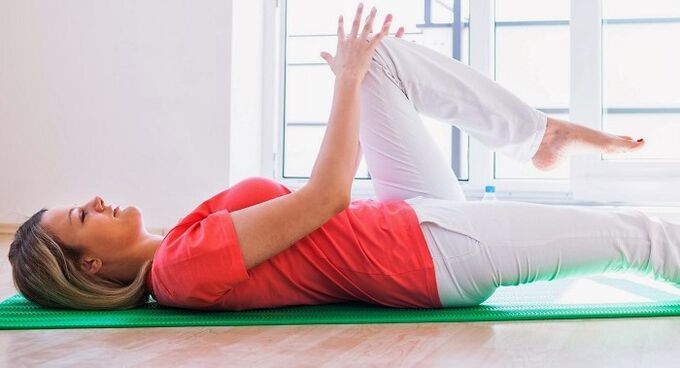
Physical therapy plays a key role in treating any pathological process in the musculoskeletal system. Gymnastics allows you to adjust the joint to the load, restore muscle strength, improve blood circulation and relieve swelling.
The intensity, time of exercise largely depends on the nature and severity of the disease. You should start the exercises with breathing exercises and warming up the small muscles.
Morning exercises for 20-30 minutes a day should be supplemented with swimming, Nordic walking and other aerobic activities.
Massage
Massage procedures perfectly relieve the patient from joint pains. What is the massage method used for? The procedures increase blood circulation, relieve swelling and relieve pain. You should entrust the implementation of this procedure to a specialist and undergo a massage after completing a set of exercises.
Surgery
The main role, and sometimes the only one, in the treatment of joint pathology is played by surgical intervention. Thus are treated the consequences of injuries, severe degrees of degenerative diseases, complications of joint pathology.
The operation can be performed in different volumes: from plastic to the prosthesis of the affected wrist. Indications for intervention are determined by the attending physician together with the surgeon or traumatologist.
Treatment with folk remedies
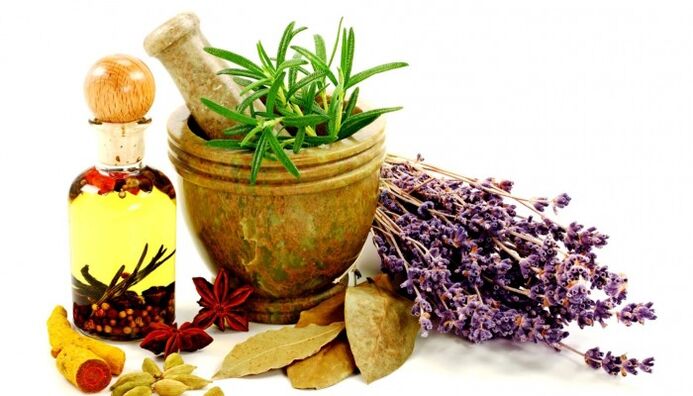
Recipes of traditional medicine are still popular in our country. It should be said that treatment with folk remedies is not a tried and tested method, and is used by patients at their own risk and peril.
To treat the pathology of the musculoskeletal system, the following folk remedies are used:
- Compresses with bay leaves and cabbage.
- Decoction of sunflower root.
- Ointment for golden mustache.
- Application inside the egg shell.
- Compresses with minced chestnuts.
- Rye grains and other cereal structures in the form of decoctions.
- Rice and zier.
- Baking soda.
If you decide to use one of the traditional medicine prescriptions, consult your doctor first.

























